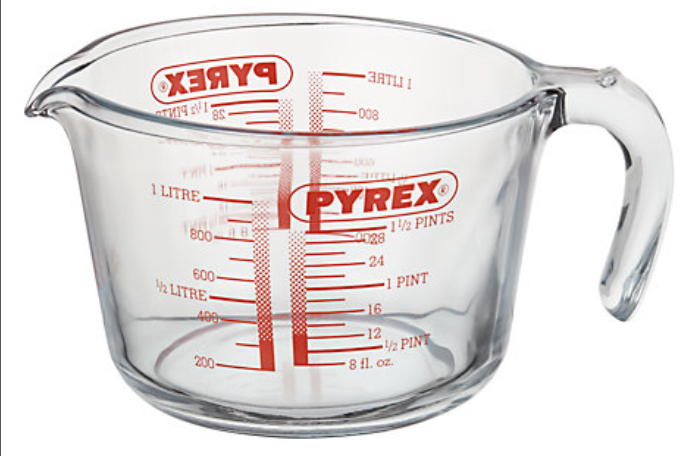One of the most frequent questions I get from low-carbers is ‘how do I thicken a sauce?’ For those of us who were taught to make a roux with butter and flour, or mix up a tablespoon of cornflour, going gluten-free and low carb can be a challenge. I’ve found several options that work well for different recipes:
Reduction
The simplest way to thicken a sauce is to boil the liquid longer and more vigorously until more of the water evaporates. This is easy if you’re making gravy but if you are making a casserole and don’t want to boil all the ingredients into a mush, ladle some of the sauce into a wide bottomed pan and bubble away until it reaches the consistency you want, then add it back to the main dish.
Pureed vegetables
When I’m roasting a joint, I make an edible trivet underneath it with roughly chopped vegetables like onion, fennel, celery, leeks. The long cooking time tends to render them very soft and caramelised – ideal for pureeing into the meat juices with a slosh of red wine to make a thicker gravy. Stab mixers are ideal for this kind of thickening.
Tagine
I have largely swapped casserole cooking for tagine cooking. Most tagine recipes don’t use added water or stock, they just rely on the long slow steaming to create a rich and flavoursome juice. This sort of cooking lends itself to all sorts of ingredients and flavours – not just Moroccan. I recently made a pheasant and prune stew in my tagine, and a pork and apple casserole – classic English fare. There’s a recipe template here that you can adapt to your preferred recipes.
Ground nuts or nut butters
Ground almonds and nut butters work brilliantly for thickening sauces and adding richness to a dish. They go particularly well in curries and other spicy dishes. Desiccated coconut can be used in a similar way.
Adding fat
Adding fat is a classic method of adding body and glossiness to a sauce – whisking ice cold butter into your final sauce for example. You can create a similar effect by adding cream, creme fraiche and yoghurt (or coconut milk, creamed coconut or coconut oil) to your recipe.
Egg yolk
You can get a silky thickening effect using egg yolk. The trick is to add the (not too hot) sauce to the egg yolks a spoonful at a time, whisking as you go – rather than adding the yolks to the sauce. Works well for soups and sauces for fish.
Beans and lentils
Well cooked beans and lentils, whole or mashed, have a useful way of soaking up sauce and creating a delicious thick sauce. They work well when added to the final stages of a casserole or, conversely, add the juices from roast meats into a dish of lentils to make them deeply savoury. Red lentils are particularly good for thickening, though all pulses do push the carb content up so use with caution.
Suck it and see
The ideas here are all about experimenting and trying new ways to recreate the flavours and meals that you have always enjoyed. If you have a favourite casserole or soup that you’ve always thickened with flour or potatoes, try one of the ideas above next time – or invest in one of the many new low carb, gluten free cook books and find some new recipes that are tailored to your new way of eating.
If all else fails, cornflour (or cornstarch) is an acceptable standby: one tablespoon contains about 10g of carbs which isn’t too bad shared between a few diners – it’s also naturally gluten free. Keep some in the cupboard for emergencies, but don’t rely on it all the time – it doesn’t taste half as nice as most of the ideas above.
